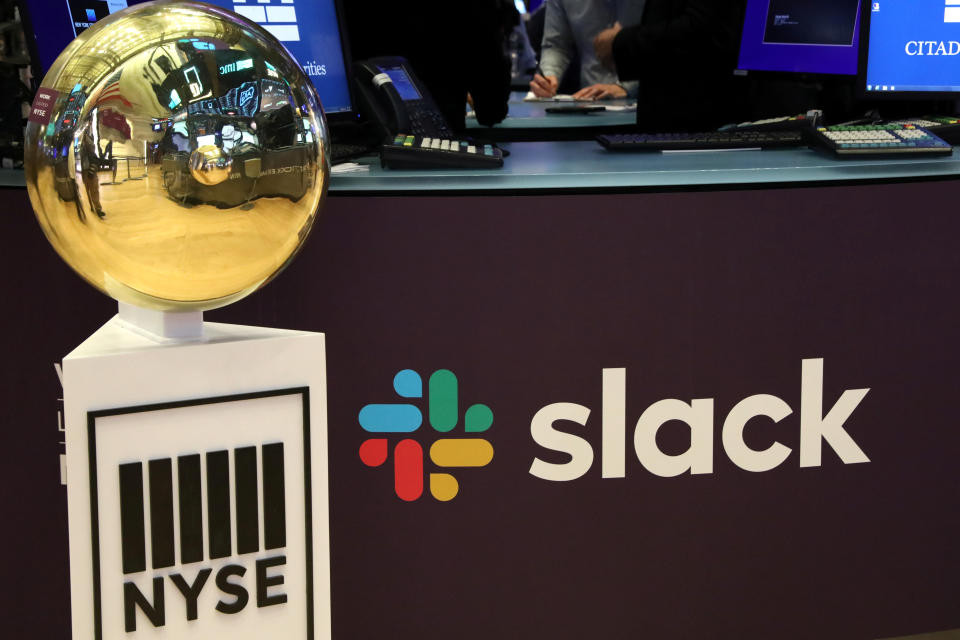Why Slack chose not to go with a traditional IPO
Tech unicorn Slack is set to go public on Thursday under the ticker “WORK” in a direct listing, meaning there is no price set ahead of trading and no banks are underwriting a new offering.
“Basically whoever owns the shares before it goes public just lists the shares and they’re for sale,” Michael Wade, IMD Business School Professor, told Yahoo Finance’s The Final Round.
So, what are the advantages of a direct listing relative to a traditional IPO?
“It saves a lot of time. It saves a lot of money,” Wade added. “But I think the key thing to note is it’s not raising any new funds.”
While Slack is not yet profitable, it’s got liquidity. The company reported cash and cash equivalents of $841 million in its most recent fiscal year, which is enough to keep the company going for nearly a decade based on its current pace of cash outflow.

Slack is following in the footsteps of music streaming service Spotify (SPOT) which debuted last year, also through a direct listing. Shares opened up almost 26% above its reference price. This debut was thought to pave the way for other IPOs to take an alternative route when looking to go public, but that hasn’t been the case.
So why have other tech companies like Uber (UBER) and Lyft (LYFT) chosen a traditional IPO over a direct listing?
“We don’t see that many [direct listings]. Maybe it’s because most companies want to raise funds in an IPO. Maybe [Slack] feels it doesn’t necessarily need to raise a lot of money,” Wade said.
For investors looking to buy shares of Slack, a big concern with a direct listing is the elimination of a lock-up period. Some employees or early investors have the ability to dump their shares as soon as trading begins, which could tank the price of shares.
But Wade says for investors looking to get a piece of Slack: “If you’re hoping to get an increased value of the stock over time, maybe it’s not a bad way of doing it. We’ve seen a lot of these companies go up in value.”
The New York Stock Exchange (NYSE) on Wednesday set a reference price for shares of Slack at $26.00.
-
Sara Dramer is a Producer for Yahoo Finance. Follow here on twitter @saradramer
Follow Yahoo Finance on Twitter, Facebook, Instagram, Flipboard, SmartNews, LinkedIn,YouTube, and reddit.

 Yahoo Finance
Yahoo Finance 